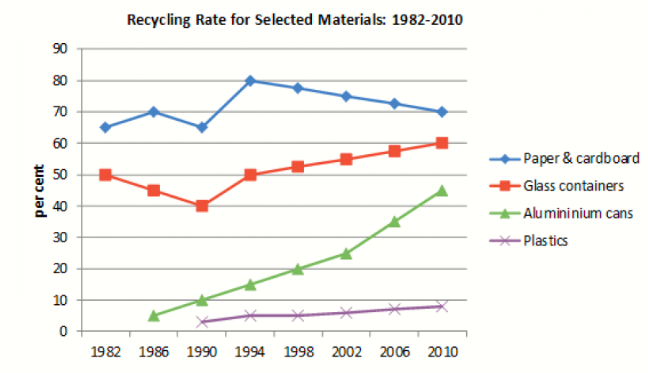In the age of globalization, English is gaining more and more attention in education, sometimes over the learning of local languages. This has raised concerns that many cultures and people are at risk of being erased. Despite believing that English is necessary in the modern day, I wholeheartedly want to ensure the continuation of local languages in every area, and there are multiple ways for individuals to protect them.
On the one hand, English as a language has proved its pivotal role in the globalization era by being a powerful tool for international trade, or access to higher education. A large portion of many countries’ annual gross domestic products, or GDP, comes from their import and export activities with others. On an individual level, English learners have benefitted from the opportunities to learn about the world, or different cultures, or the knowledge that they cannot have learned using their mother tongues. These things have been made easier thanks to English.
On the other hand, local languages play an important position in maintaining culture and other traditional values. In this globalization period, cultural diversity is the defining factor of each country’s identity, it also helps promote an individual’s sense of patriotism and pride among others. Maintaining the survival of local languages requires a thorough level of education for citizens. Every person should be equipped with the fundamental understanding of their mother tongue and the importance of it. Traditional values, like folksongs or tales that are associated with that language should also be promoted as a way to keep the language living.
In conclusion, learning English is necessary as the opportunities it brings about are beneficial for both individual and collective levels. However, local languages also offer what a universal language cannot, and citizens should study both to preserve the precious traditional values of their country.






 Đăng ký
Đăng ký 

Bạn cần đăng nhập để them gia bình luận